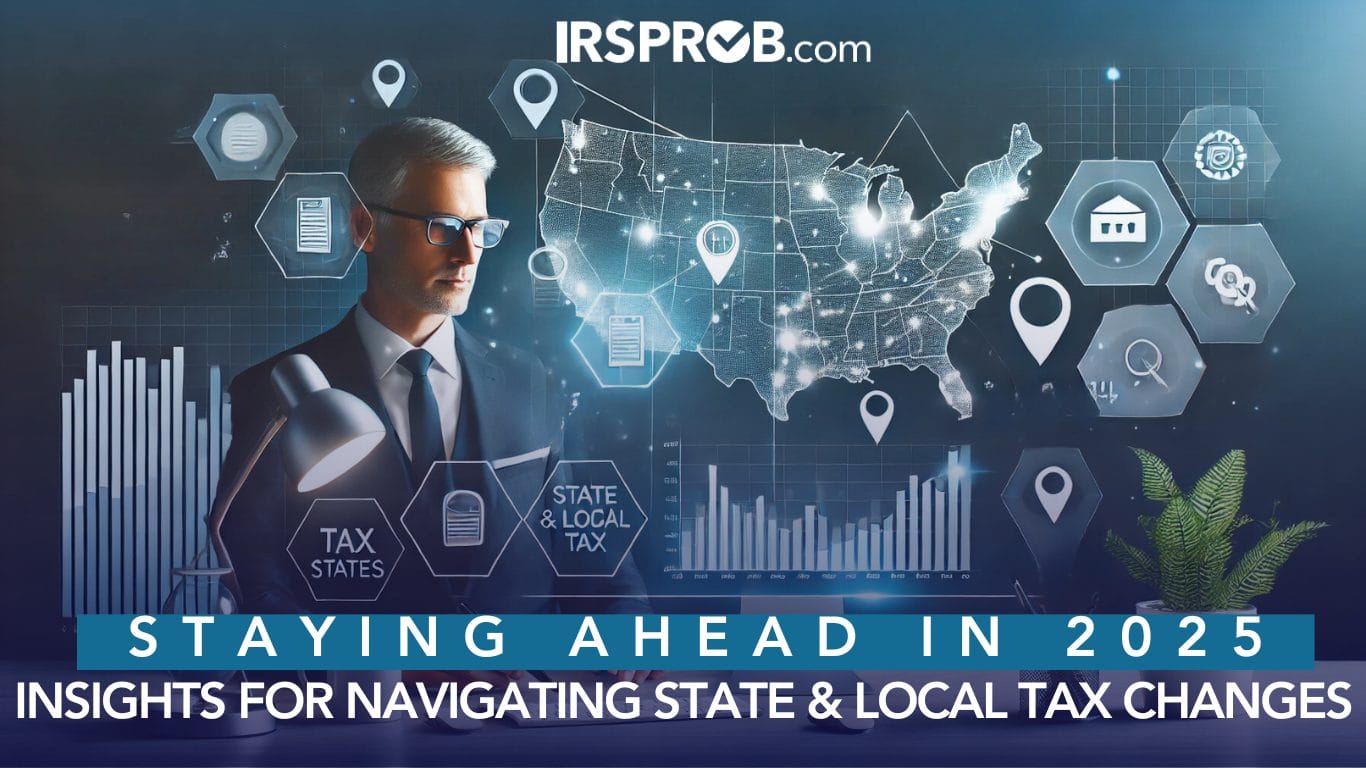
State and local tax (SALT) regulations are evolving rapidly, and 2025 promises to bring even more changes that will challenge businesses and their advisors. For business owners, staying ahead of these changes is essential—not only to remain compliant but also to minimize risks and take advantage of opportunities. Here’s what you need to know about navigating the complexities of state and local tax compliance in the coming year.
Post-Election Regulatory Changes
With the 2024 elections in the rearview mirror, new leadership and legislative priorities are shaping the tax landscape for 2025. These changes often lead to new regulations, particularly in the realm of sales and use taxes.
Key Focus Areas:
- Sales Tax Nexus Rules: Expect states to continue expanding their reach, implementing more aggressive economic nexus thresholds. If your business sells products or services across state lines, you may need to register and collect sales tax in additional states.
- Digital Goods and Services: States are increasingly taxing digital products like software subscriptions, online streaming services, and digital advertising. If your business relies on such services, prepare for potential cost increases.
Audit and Enforcement Trends
State and local tax authorities are ramping up audits, leveraging technology to identify underreporting and non-compliance more efficiently. Business owners need to be proactive in reducing audit risk.
Steps to Take:
- Keep Detailed Records: Ensure your sales, purchases, and exemptions are well-documented and easily accessible.
- Review Taxability of Products and Services: Misclassification of taxable and non-taxable items is a common audit trigger. Regularly update your product catalog to align with changing rules.
- Prepare for Multi-State Audits: As more businesses operate across state lines, audits can involve multiple jurisdictions. Be prepared to navigate these complexities.
Leveraging Automation and Tax Technology
Manual processes are no longer sufficient to manage the growing complexity of state and local tax compliance. Automation and advanced tax technology are becoming critical tools for businesses.
Benefits of Automation:
- Streamlined Compliance: Automating sales tax calculations, reporting, and filings reduces the risk of errors and saves valuable time.
- Dynamic Rate Updates: Tax software can automatically update rates and rules, ensuring your business stays compliant as regulations change.
- Audit Defense: Technology helps generate audit trails and detailed reports, making it easier to respond to inquiries from tax authorities.
What to Look for in a Solution:
- Integration with Your Systems: Ensure the software works seamlessly with your accounting or ERP system.
- Scalability: Choose a solution that can grow with your business and handle multi-state compliance.
- Analytics Capabilities: Modern platforms provide insights into your tax data, enabling you to identify trends and make strategic decisions.
The Role of Tax Advisory Services
Beyond compliance, SALT regulations offer opportunities for strategic planning. Tax advisors can provide valuable insights that help businesses save money and avoid pitfalls.
Services to Consider:
- Taxability Analysis: Regular reviews of your product and service offerings to ensure accurate taxability determinations.
- Nexus Studies: Assessing where your business has tax obligations to avoid costly surprises.
- Voluntary Disclosure Agreements (VDAs): If you’ve overlooked compliance in certain states, a VDA can help limit penalties and interest.
How to Stay Ahead in 2025
Navigating state and local tax changes requires a proactive approach. Here’s how you can prepare:
- Educate Your Team: Ensure your staff understands the basics of state and local tax compliance.
- Invest in Technology: Leverage automation to reduce the burden of manual processes and enhance accuracy.
- Work with Trusted Advisors: Collaborate with tax professionals who can help you stay ahead of regulatory changes and provide strategic guidance.
Conclusion
The tax landscape in 2025 will be more complex than ever, but it also presents opportunities for business owners who are prepared. By understanding emerging regulatory changes, leveraging technology, and working closely with tax advisors, you can stay compliant, minimize audit risks, and even uncover savings opportunities. Taking these steps now will set your business up for success in the years ahead.
If you’re looking for personalized guidance on how to navigate state and local tax changes, contact our team at IRSProb.com today. We’re here to help you stay compliant and thrive in a challenging tax environment.







